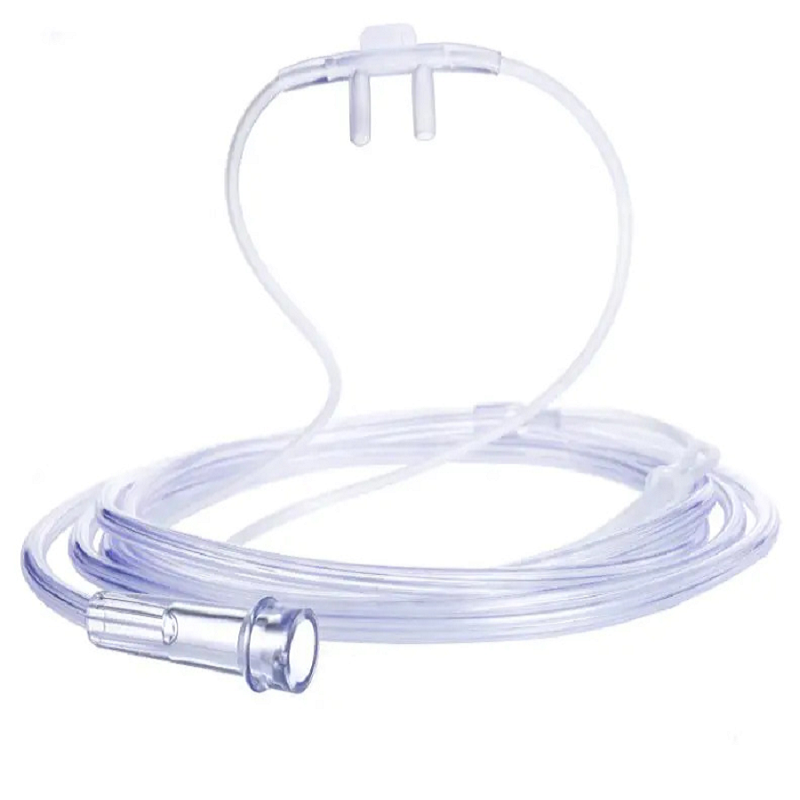If you're flying for work, your employer may require you to wear an oxygen mask. These devices provide breathable air to the aircrew and are often used during smoke and depressurization events. National regulations and organizational policies determine when these devices must be worn. Read on to learn about the benefits of using an oxygen mask while working. In case of an emergency, you should put the mask on yourself first and help those who can't.
Oxygen masks come in many different styles and features. Some models even feature a respiratory rate indicator. This indicator is important to monitor oxygen delivery, as it may interfere with breathing or eating. But some masks have several disadvantages. These can include:
An oxygen mask's design plays a significant role in regulating how much oxygen it can deliver. Often, the mask is fitted over the nose and mouth, while others cover the entire face. Oxygen masks can be made from silicone, plastic, or rubber. In some cases, an oxygen cannula is used instead. But be careful: there is a limit to how much oxygen a mask can deliver. The oxygen mask should be comfortable for the patient and will ensure proper airflow.
A non-rebreathing oxygen mask forms a seal around the mouth and nose, providing an extra 60%-91% FIO2. This type of mask has one-way valves to prevent air from coming from outside the room. This type of mask is generally reserved for emergency situations, but it's also an excellent option if your patient has difficulty breathing. Trauma can make it hard to get enough oxygen, but it helps stabilize the lungs.
The two types of oxygen masks are usually made of plastic or rubber. Each mask is designed to hold 100-200 ml of gas and requires a flow rate of five or six liters per minute. They fit tightly over the mouth with an elastic headband. A simple mask may be made with holes to allow carbon dioxide to escape and fresh air to mix with oxygen. You can find an oxygen mask that's right for you.
The hood or tent used to administer oxygen therapy to an infant helps prevent discomfort. The hood should fit over the head, with enough room between the curve and the infant's neck. It's a good idea to use bed rails if you're using a tent. It's best to avoid putting the tent on the floor, as it might spark and cause a fire. The presence of family members or other caregivers also helps reduce anxiety and labored breathing.
If you're worried about the safety of nasal oxygen masks, try a surgical face mask. These surgical masks can increase available oxygen concentration in the airway and may be useful in cases where there's no other option. These devices will provide adequate supplemental oxygen at low flow rates, which can be a good thing in some cases. And if you're worried about contaminated air, surgical masks are the best choice.
 Disposable Medical PVC Nasal Oxygen Cannula
Disposable Medical PVC Nasal Oxygen Cannula
Features:
- Available with different length to suit all patients’ requirement
- Available with various types of adult, pediatric, infant and neonate
- Available with a wide selection of prong types
- The soft curved prong can offer the best possible comfort to patient
- And the flared type can slow down the flow of oxygen
- Available with CE, ISO, FDA certificates.


 英语
英语 中文简体
中文简体